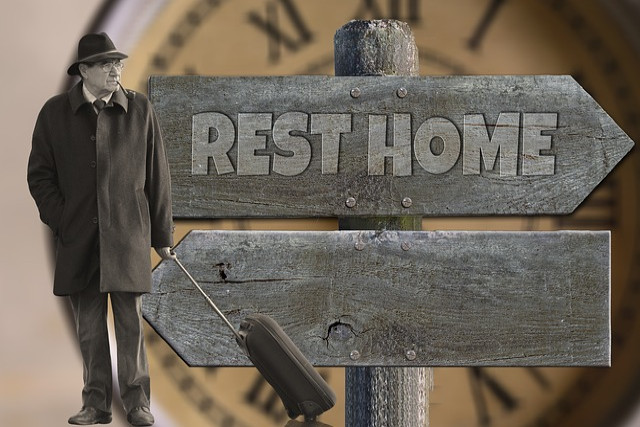

Guardianship issues in Texas, as in many states, can be complex and emotionally charged. Whether due to the needs of a minor or an incapacitated adult, establishing guardianship requires navigating a series of legal steps and considerations. This article aims to provide a clear pathway for those facing such challenges, ensuring that the best interests of the person needing guardianship are always at the forefront.
In Texas, guardianship refers to the legal process where a court appoints an individual or entity to make decisions for someone who is unable to do so themselves. This can include minors without parents or incapacitated adults. The guardian is responsible for making decisions regarding the ward's personal, medical, and financial matters. Understanding this basic framework is crucial as it sets the foundation for the entire guardianship process.

Specific to Fort Worth, Texas, the guardianship process involves filing an application in the Tarrant County Probate Courts, usually through a family law attorney experienced in guardianship issues. The application should detail the necessity for guardianship and provide evidence of the proposed ward's incapacity. A court investigator will be appointed to meet with the proposed ward and evaluate their condition. It’s important for applicants in Fort Worth to familiarize themselves with local rules and resources, which can sometimes differ from other parts of Texas.
Selecting an appropriate guardian is a critical step. In Texas, preference is often given to family members, but the court's primary consideration is the best interest of the ward. Factors such as the potential guardian's relationship with the ward, their ability to care for the ward, and their financial responsibility are taken into account. Sometimes, a neutral professional guardian may be appointed if it’s in the best interest of the ward.

It is advisable for parties involved in a guardianship case to seek legal representation. Texas law can be intricate, and a lawyer specializing in guardianship can provide invaluable guidance. They can help familiarize clients with the court system, prepare necessary documents, and represent the applicant’s interests in hearings. Legal advocacy ensures that the process is handled professionally and in compliance with all legal standards.
The rights of the proposed ward are paramount in guardianship proceedings. Texas law ensures that they are protected throughout the process. This includes the right to an attorney, the right to attend all hearings, and the right to present evidence. Additionally, the proposed ward has the right to contest the guardianship, which is a critical aspect of ensuring that their voice is heard in the process.
In some cases, alternatives to guardianship may be more appropriate. Texas law recognizes options like Supported Decision-Making Agreements or Powers of Attorney. These alternatives can provide the necessary support for the individual while preserving more of their independence and autonomy. It’s important to explore these options with a legal professional to determine the most suitable path.
Working through guardianship issues in Texas demands a careful, compassionate approach that respects the rights and needs of all involved. Understanding the legal framework, choosing the right guardian, and exploring alternative solutions are all key components of this process. With the right guidance and a focus on the ward's best interests, guardianship can be a positive solution for those unable to make decisions for themselves.